The Tokyo Tower is the tallest building in Japan and the second tallest in the world, second only to the Burj Khalifa skyscraper in Dubai. But how did the architects manage to build such a tall structure in the conditions of the highest seismic hazard? Japan is the region where earthquakes occur very often, so the existence of such a tall building is sincerely admired. Let’s see what tricks engineers used to make Tokyo TV Tower invulnerable.
The official name of Tokyo Tower is Tokyo Skytree, which translates as Tokyo Sky Tree. The need to build a new TV tower arose after the old building more than 330 meters high ceased to cope with its functions: the growing number of skyscrapers in Tokyo required the construction of a more grandiose tower. The new television tower was commissioned in 2012. Its height along with the spire is 634 meters.
The official name of Tokyo Tower is Tokyo Skytree, which translates as Tokyo Sky Tree. The need to build a new TV tower arose after the old building more than 330 meters high ceased to cope with its functions: the growing number of skyscrapers in Tokyo required the construction of a more grandiose tower. The new television tower was commissioned in 2012. Its height along with the spire is 634 meters.
Ancient Japanese pagodas were built using technology that allowed buildings to stand centuries ago and keeps them intact to this day. In the historical chronicles of Japan, there is no mention of the destruction of wooden pagodas just because they have one feature. This is symbashira – the central column on which the entire load of the building is held. This column is the rod that dampens the vibrations of the earth during an earthquake, since it does not have a rigid mount and can swing like a pendulum.
Tokyo Skytree architects decided to use ancient Japanese technology in order to save the building from natural disasters, and they succeeded. The earthquake in March 2011, which led to the tragedy in Fukushima, hit the tower at the final stage of construction. The design withstood the tremors, the antenna was only slightly damaged, and all thanks to the presence of a central bearing pillar.
Up to a height of 125 meters, the central supporting column in the TV tower, having a diameter of 8 meters, is tightly connected to the steel frame of the building. Above this mark, the simbasir is attached to the skeleton of the building using hydraulic shock absorbers, which gives the structure stability during oscillations of the earth’s surface. This is the secret of the tallest building in Japan.

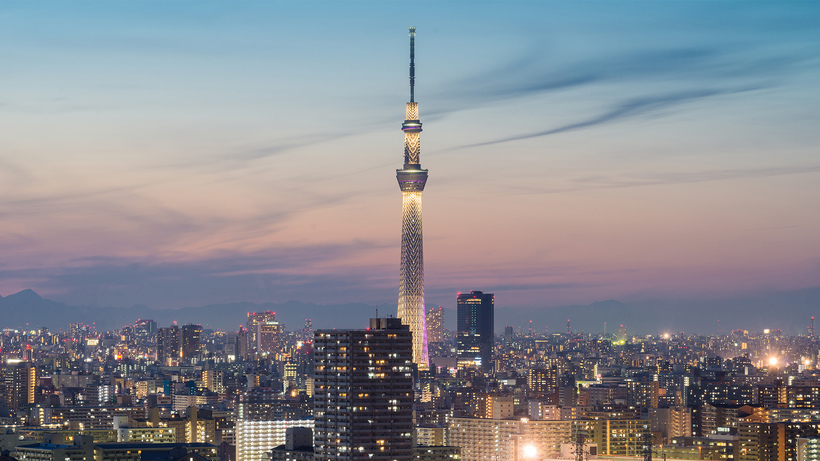

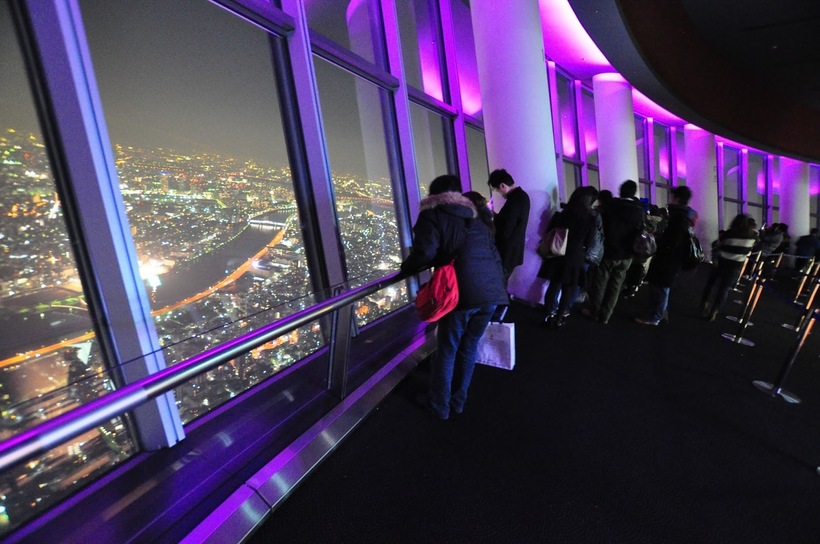
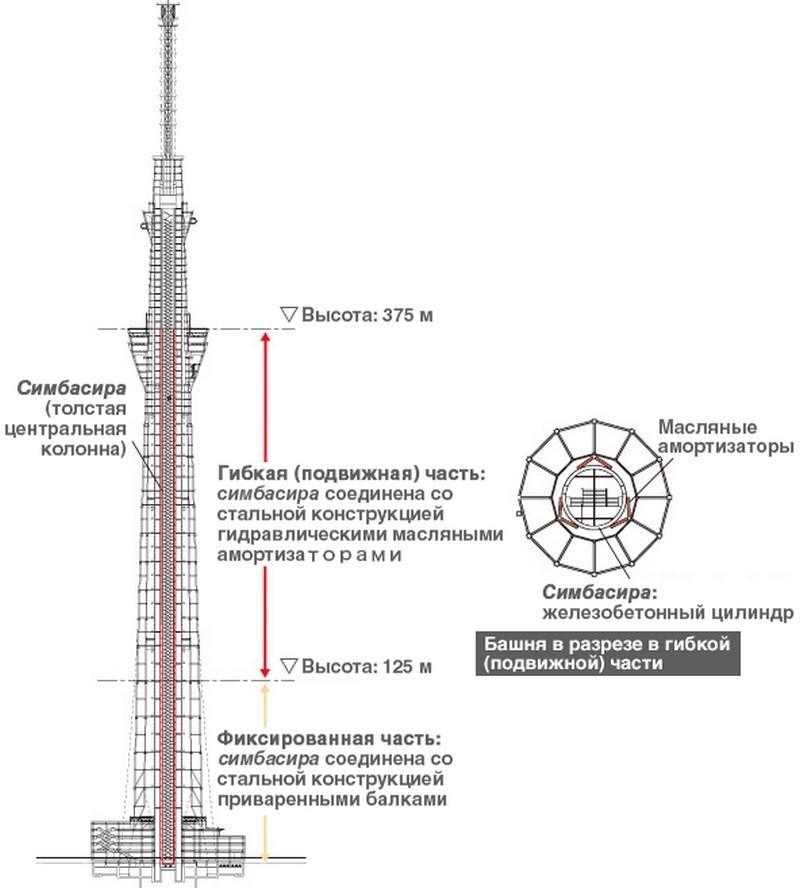
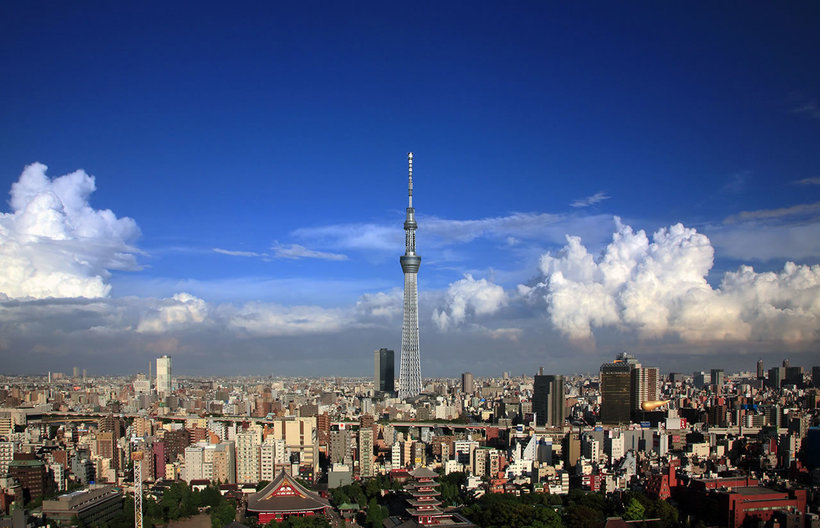
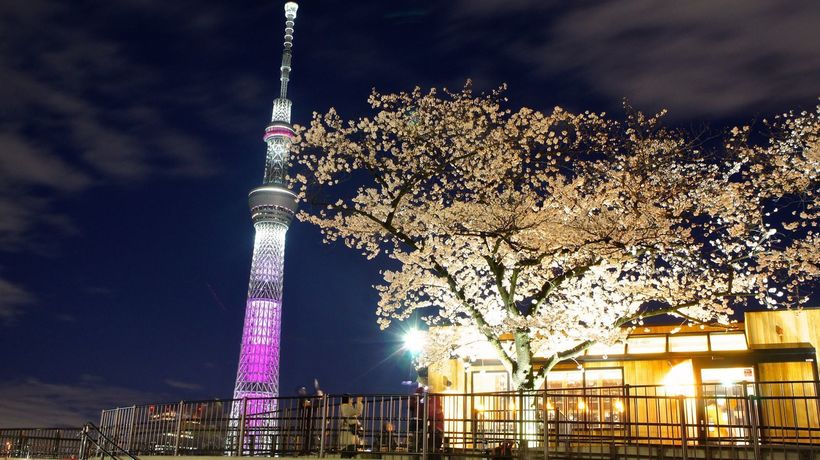


Customer
Your article helped me a lot, is there any more related content? Thanks! https://accounts.binance.info/ES_la/register?ref=VDVEQ78S
Customer
I don’t think the title of your article matches the content lol. Just kidding, mainly because I had some doubts after reading the article.
Customer
Your article helped me a lot, is there any more related content? Thanks!
Customer
Your point of view caught my eye and was very interesting. Thanks. I have a question for you.
Customer
Your article helped me a lot, is there any more related content? Thanks!
Customer
Thanks for sharing. I read many of your blog posts, cool, your blog is very good.
Customer
Thank you for your sharing. I am worried that I lack creative ideas. It is your article that makes me full of hope. Thank you. But, I have a question, can you help me?
Customer
Thank you for your sharing. I am worried that I lack creative ideas. It is your article that makes me full of hope. Thank you. But, I have a question, can you help me?
Customer
Can you be more specific about the content of your article? After reading it, I still have some doubts. Hope you can help me.
Customer
Your point of view caught my eye and was very interesting. Thanks. I have a question for you.
Customer
Your point of view caught my eye and was very interesting. Thanks. I have a question for you.
Customer
I don’t think the title of your article matches the content lol. Just kidding, mainly because I had some doubts after reading the article.
Customer
Your point of view caught my eye and was very interesting. Thanks. I have a question for you.
Customer
Your point of view caught my eye and was very interesting. Thanks. I have a question for you.
Customer
Can you be more specific about the content of your article? After reading it, I still have some doubts. Hope you can help me.
Customer
Can you be more specific about the content of your article? After reading it, I still have some doubts. Hope you can help me.
Customer
Thank you for your sharing. I am worried that I lack creative ideas. It is your article that makes me full of hope. Thank you. But, I have a question, can you help me?
Customer
Thanks for sharing. I read many of your blog posts, cool, your blog is very good.
Customer
Your article helped me a lot, is there any more related content? Thanks!
Customer
Your article helped me a lot, is there any more related content? Thanks!
Customer
Can you be more specific about the content of your article? After reading it, I still have some doubts. Hope you can help me.
Customer
Your article helped me a lot, is there any more related content? Thanks!
Customer
Thank you for your sharing. I am worried that I lack creative ideas. It is your article that makes me full of hope. Thank you. But, I have a question, can you help me?